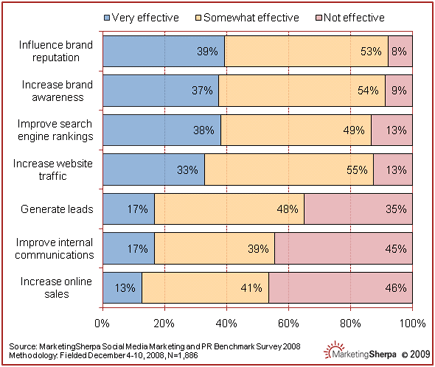Today I received our latest issue of
Wired in the mail, and the bright orange cover proclaims
"The Web is Dead." Along with this assertion, the authors, Chris Anderson and Michael Wolff, claim that
search (i.e. using Google to find what you're looking for)
is a part of this death because mass consumers are turning to applications and APIs to use the Internet to get data and information less often than they turn to the Web (websites, accessed largely through search engines) to obtain what they're looking for. Chris Crum of
WebProNews provides
a nice summary of why Wired thinks so, and why they may be jumping the shark a little bit too soon with this declaration:
What it boils down to is that people will not stop using search engines, they will just use them less for certain kinds of searches if they have an app that they like for that particular kind of information. This is already happening.
So essentially, if you think about the fact that you can now get weather from your Weather Channel iPhone app or the native weather app on most smart phones, or that you can get sports scores from your MLB or ESPN app, and news from your AP app -- the list goes on -- then why would you need to go to Google? It's simply not as necessary to turn to Google, Yahoo, or Bing for as much as you used to. They call this "getting."
Crum quotes the article:
"Two decades after its birth, the World Wide Web is in decline, as simpler, sleeker services — think apps — are less about the searching and more about the getting."
While this "getting" may reduce the amount of things many people use search engines to find,
from my perspective, it cannot possibly eliminate the need for searching in at least three categories: 1) more obscure, long-tail needs, 2) in-depth research, and 3) to some extent, products they wish to purchase.
I love one of Crum's final thoughts on this topic:
If all of your eggs are in the search marketing basket, you better really start thinking about mobile and apps.
He's right, but don't just create a mobile app to have a mobile app, because particularly in the mobile space, the old mantra "If you build it, they will come," is almost entirely untrue.
You have to have a utility for your mobile app - something that people will find useful, not just sales and marketing messages.
More importantly -- and especially if you
don't sell something that can be logically delivered via a mobile app (which mostly, right now, involves data such as weather, lyrics, scores, news, reports, content) but rather, you sell a
tangible product -- look into
mobile advertising before you start building an app. See how you might be able to advertise where your target market is already using apps that are relevant to what you offer. Get creative with it, but stay contextually relevant. Here is
a great example of a company that's embracing mobile advertising in unique and compelling ways.
And while it's true that search engines like Google index and provide links to the "indexable" or "crawlable" Web and cannot crawl content housed within apps (at this time), the concept of searching is at least not near it's death: Let's not forget the power (and necessity) of "searching" as it now exists within apps. Facebook has a search function, and I use mine all the time to find friends, companies, pages, etc. My weather app lets me search for a zip code or city. My Amazon app is all about search. While it recommends products I might like, it doesn't know exactly what kind of shoes I just saw on someone that I now want to buy - unless I search for them. I predict there will never be a time in which we are only "getting" and not "searching" as well.
Search is still definitely alive, but it is evolving, as are many other aspects of the Web, to adapt to the
smart phone revolution. Yesterday's launch of
Facebook's Places (currently limited to the Facebook iPhone app) makes a lot of sense at this time. Given the success of FourSquare and GoWalla, it's clear that people want to engage with the places and things they like to do when they're out and about with friends, smart phone in hand.
What do you think?
- How can we, as brands, serve them not just our address and venue name, but a rich experience with recommended menu items, favorite products, deals, etc?
- Is your team having this conversation internally to see how mobile fits within your overall marketing strategy?
- What have you tried that works?
- Where are you running into road blocks? Do you agree that search is dying and won't evolve and sustain itself?
Additional rebuttals against Wired's article:
Wired Declares The Web Is Dead—Don’t Pull Out The Coffin Just Yet (TechCrunch)
The Web is Dead: Long Live the Cloud (NetworkWorld)
No, Wired, the Web is not 'dead' (Washington Post)
Blowback to Wired's "The Web is Dead" story (FierceCIO)












